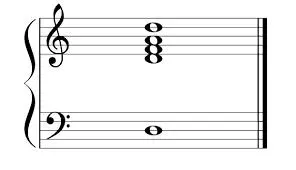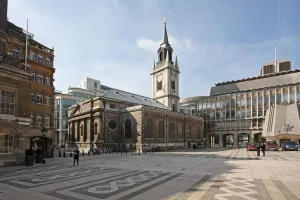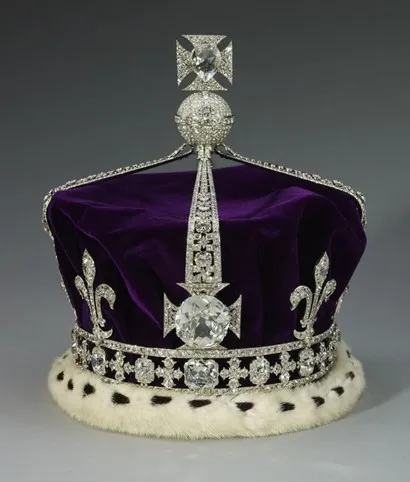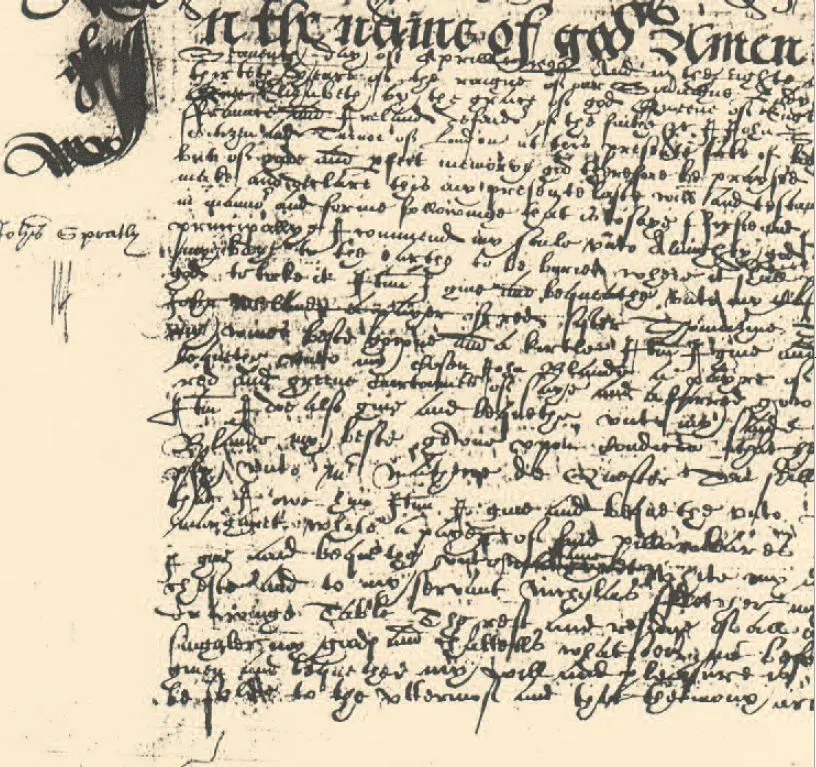Bells are some of the oldest musical instruments in the world and said to date back to China in around 3500 BC.
Bells are certainly the loudest musical instruments and can be heard from many miles away over land or sea. A true Cockney is someone who is born within the sound of Bow Bells – which can be heard as far away as Hackney, six miles away.

The bell can be the largest or the smallest of musical instruments and to many the sound of ringing church bells is quintessentially English. We also have Big Ben, The Lutine Bell, school bells and ship’s bells.
We have bells in our nursery rhymes – “Oranges and Lemons rang the Bells of St Clements”; we have bells in our idioms: “Go like the Clappers”, “Ring the Changes” as well as having “Peals of laughter”.
We also have bells throughout English history – from the Anglo-Saxon curfew bell introduced by Alfred the Great to Churchill’s Second World War Decree that all church bells should be silenced so that their ringing could be reserved to warn of enemy invasion.
Bells were first authorised for use in Christian churches in around 400AD and by about 600 AD they had become common in the monasteries of Europe. Bede reports on them in England at around that time. The earliest English ring of church bells appeared in the 11th Century.

In the earliest days they were cast in different sizes to produce different notes but no attempt was made to tune bells until the 16th Century with the advent of change ringing.
In those times bells were roughly tuned – where the inside of the bell or the edge of the lip was chipped away with a hammer and chisel – eight bells could be tuned to an octave of eight notes.

But a bell is an unusual instrument in that it sounds a number of different notes at the same time. It can therefore sound chords – like chords on a piano, or chords on a guitar – but only harmoniously if the notes are in tune.
In the 17th Century a brilliant but blind Dutch Musician, Jacob van Eyck identified the different notes produced by bells and began to work with famous Dutch Bellfounding brothers – Pieter and Francois Hemony.

The Hemony brothers were carillon builders and set out to tune all their bells so that the individual notes were in harmony with each other. They realised that the frequency of a bell’s notes varies with both the thickness and its diameter at various points along its length.

Thus a carefully shaped bell, cast in different thicknesses along its length, could be made to produce both a nominal note and tuned notes above and below the nominal. This is still the essence of a harmonically tuned bell today.

And the Hemony brothers went one step further. In about 1644 they fixed their cast bells to a capstan lathe, turned by five or six men, and with sharpened iron tools shaved portions off the inside of their bronze bells until the required tones were reached. To know the correct pitch over the screeching of tool on metal they used tuning forks set under dry sand. Bell tuning had become the Craft of Turners
The Hemonys tried to keep much of their work secret but the English Bellfounders Rudhalls of Gloucester introduced lathe turning to England in the 1680’s.
With the passing of the Puritan Commonwealth and the Restoration of the Monarchy for the next hundred years the English bell founding business was brisk and lathe turning was used more and more by the country’s founders.

By the 19th Century the science of bell tuning became highly developed. It was realised that over the length of a bell the frequency of the note varied with the square of its thickness and inversely with its diameter.
With a tuned note called the nominal there were four overtones: hum – two octaves lower, prime – one octave lower, tierce – a minor third above prime and quint a perfect fifth above prime. This was the scientific world of harmonically tuned English church bells when St Paul’s Cathedral decided to install a ring of twelve bells in 1876 to fit inside Sir Christopher Wren’s, still vacant, North West Tower.
They were to be made by John Taylor & Co of Loughborough, established in 1782, although there were probably more than twenty founders to choose from.
It was to be the heaviest ring of twelve bells in the world at the time and recognising turning’s contribution to the Art and Science of tuning bells, four of the twelve bells (Numbers 3,4,5 and 6) were presented to the Cathedral by the Turners’ Company in and through a generous donation from our Benefactor Baroness Angela Burdett-Coutts. (At that time one of the wealthiest women in England, in 1881 the Baroness married Ashmead Bartlett who took her surname and, as Ashmead Burdett-Coutts, was Master of the Turners’ Company for two years in 1988 and 1889.)
The Turners’ Arms and the monogram and coronet of the Baroness were cast in relief on each side of the bells with the Company’s motto “By Faith I Obteigne” and the name of the then Master Edward Caffin.

One hundred and forty years ago on All Saints’ Day 1878, the twelve bells in the north-west tower of St Paul’s Cathedral were dedicated and rung for the first time.
This isn’t the Company’s only association with bells in City of London churches. In 1956 the Turners’ Company made a contribution to the resurrection of St Mary Le Bow Church by paying for the turning of its twelve newly cast Bow Bells.
The Tenor Bell called the “Big Bell of Bow” is the direct descendant of London’s old curfew bell which Dick Whittington heard when he turned on Highgate Hill in 1375. In the following year, in 1957 The Company paid for the tuning of the new bells of St Lawrence Jewry, next to Guildhall.

With this history it was inevitable that the Turners Company should want to make a major contribution to the eventually inevitable first refurbishment of the Bells of St Pauls. With its St Paul’s Bells Appeal, the Turners’ Company is joining the five other Livery Companies who subscribed in 1878.
St Paul’s Bells have hung for 140 years and are rung more than any other set in the country.
The bells are to be lowered, taken back to Taylors in Loughborough, cleaned, tested, given new headstocks and returned to be rededicated on All Saints Day – 1st November – now only 33 weeks away.
John Bridgeman CBE
Past Master & Chairman of Turners’ Company Appeal Committee
20th March 2018











